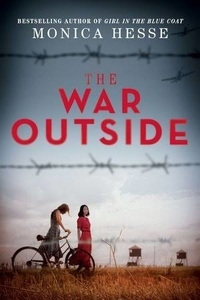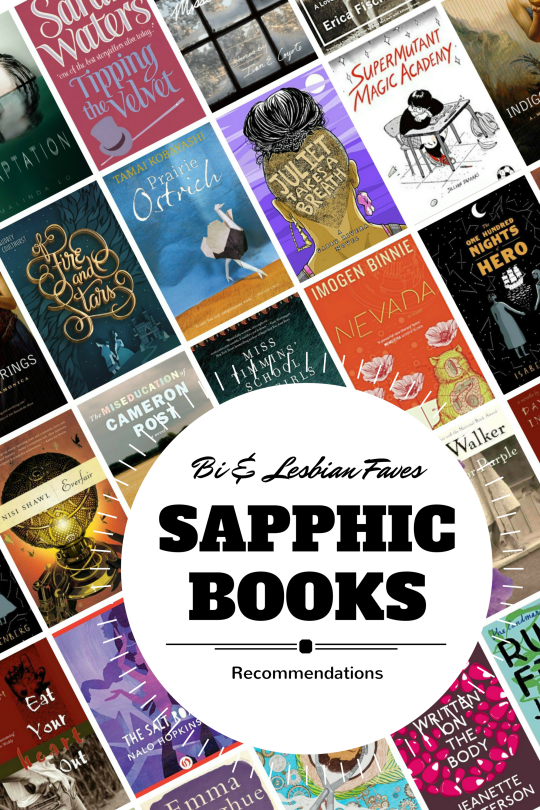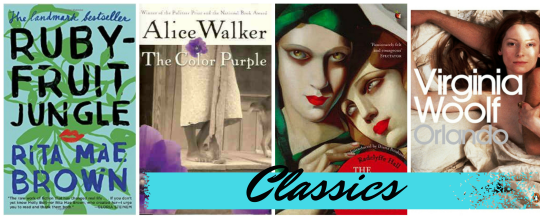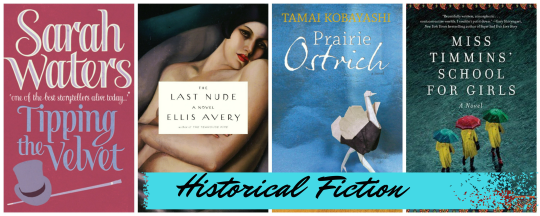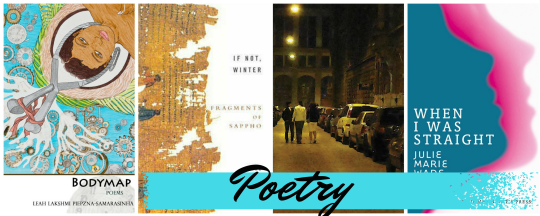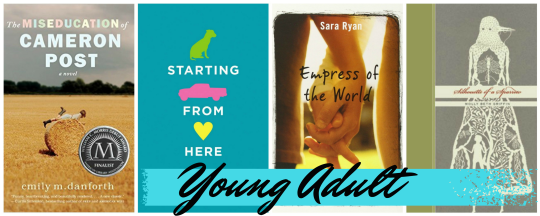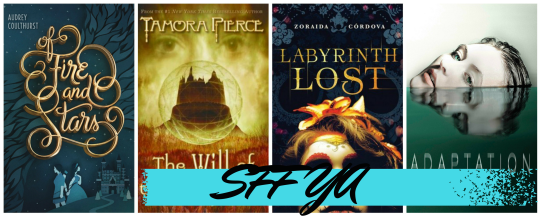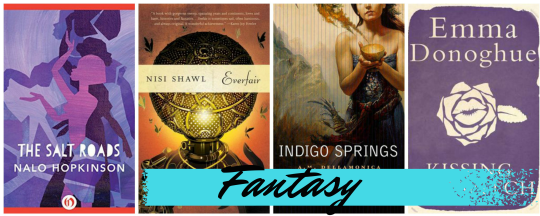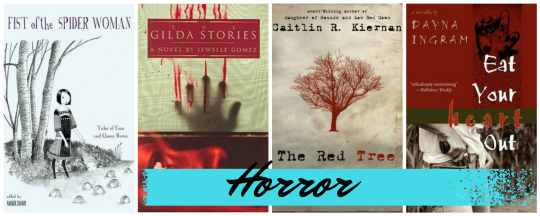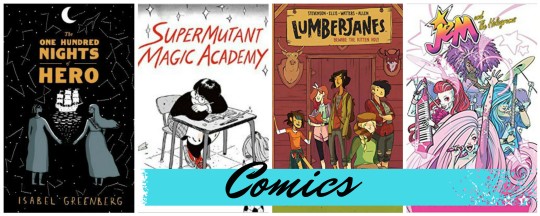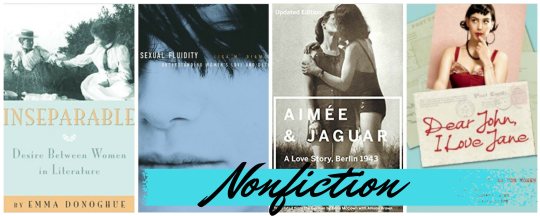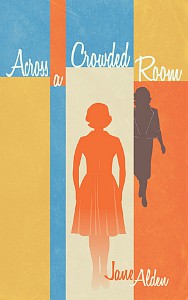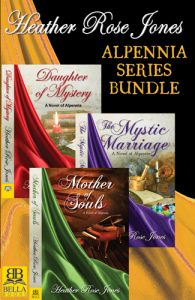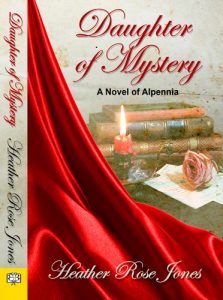Just like last month, this month I wanted to read a cozy, sweet holiday themed book because I don’t think there are enough queer ones out there. This short story collection from 2012 was a decent addition to that list, and if you’re looking for a very fast Christmas read, this anthology might be for you.
As you can tell from the title, this anthology from lesbian fiction publisher Ylva Publishing includes six sapphic stories. All of them are pretty sweet, typical romances, and they never venture into erotica. Because there are so few stories in this anthology, I think my review would be best if I went into them individually.
The first story was my favorite; it’s about a woman trying to come out to her family at Christmas. The story was pretty funny, and the main character was very relatable. I know that coming out stories can be difficult, but I thought this one was done well. It was funny and had tension without being traumatizing or angsty. Just some chaotic Christmas fun.
Next was my least favorite of the bunch. This was about a woman who gets to make a wish after winning her family’s Christmas tradition. She wishes to find true love, and you can imagine where the story ends up after that. This story was my least favorite simply because of the amount of diet and body talk there was in this one. Even the opening scene involves body shaming and diet culture. I was happy to move on from this one.
The third story was really weird. It was like an alien spin on A Christmas Carol. In my opinion, this story was way too short to achieve what it was going for. I felt like it ended without any resolution. The science fiction angle of this one also did not fit with the cozy contemporary vibes of the other stories, as well. Overall, this one felt really out of place.
Next was a cute family story, which I enjoyed. I love seeing healthy queer relationships in fiction, especially between women. It didn’t have much of a plot, but was still nice to read. This trend continued in the last two stories, which were by the same author and followed the same two characters. These last two were my other favorites, and really brought me some holiday cheer. I thought it was an interesting and refreshing thing to do to have two stories following the same characters, with the second one taking place after a time jump. These last three stories really redeemed the book for me.
This book is less than a hundred pages, and I was able to read it in less than an hour. For the most part, the anthology is filled with realistic depictions of Christmas. I loved that almost all of these were happy stories that didn’t feature the trauma of LGBT+ characters. If I could change anything, I would definitely diversify the perspectives of these stories, because some of them did start to feel repetitive. But, like I said before, this is a very quick, cute anthology.





